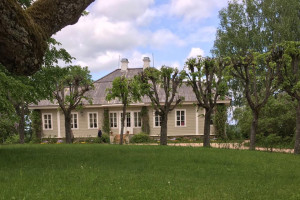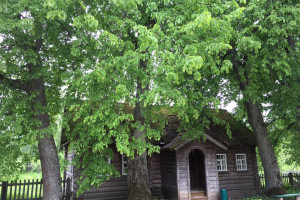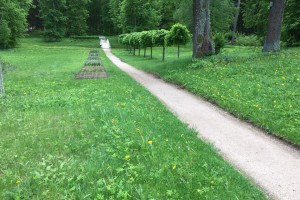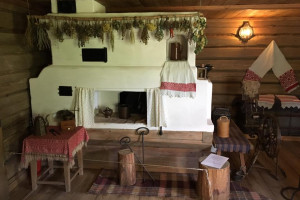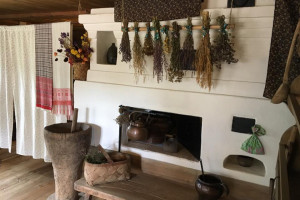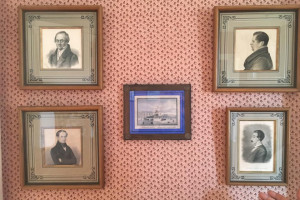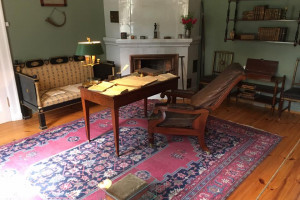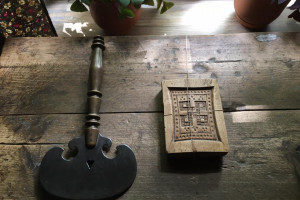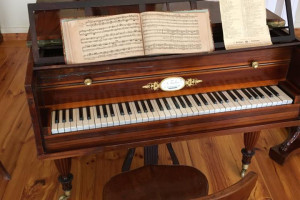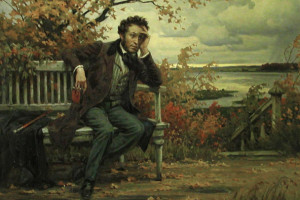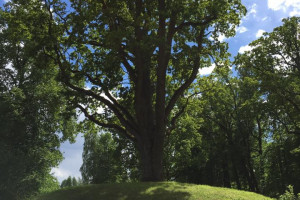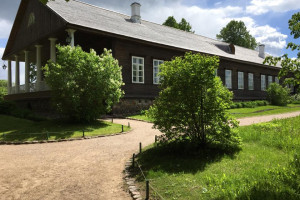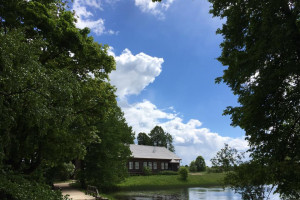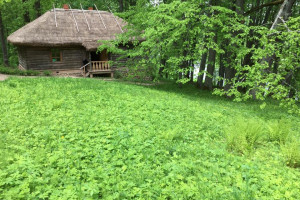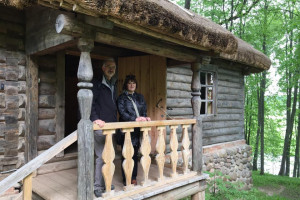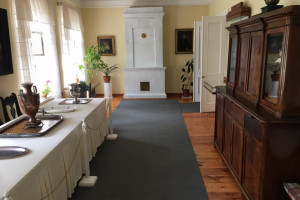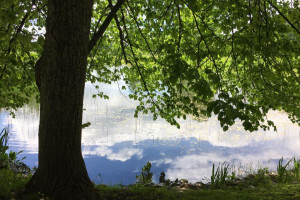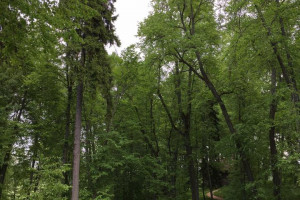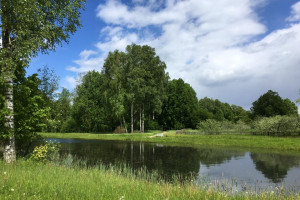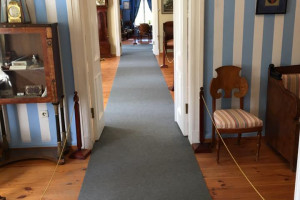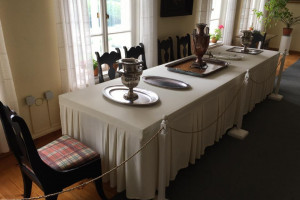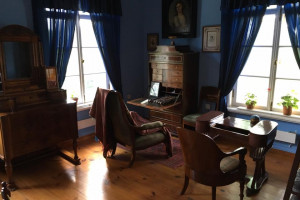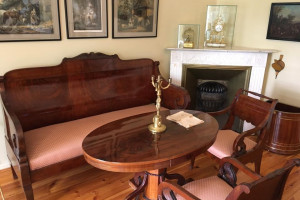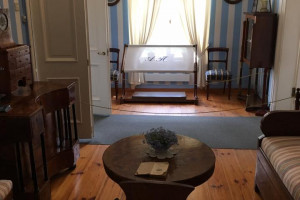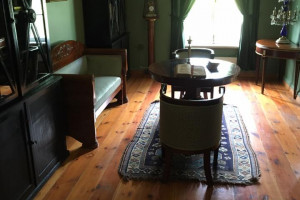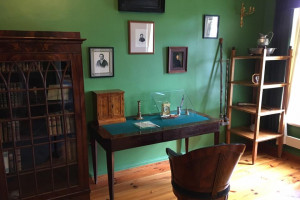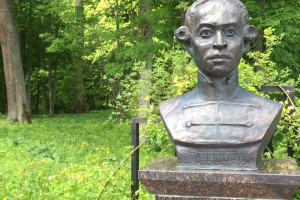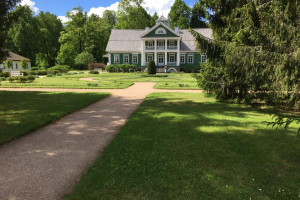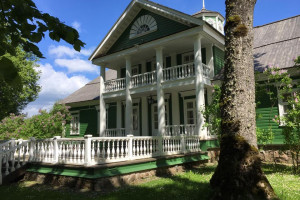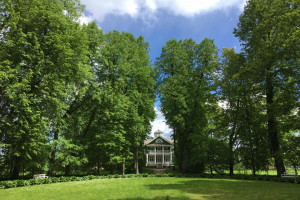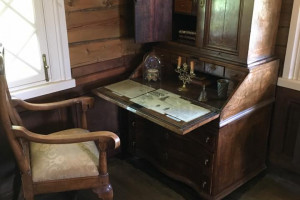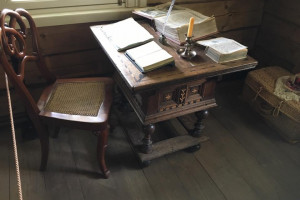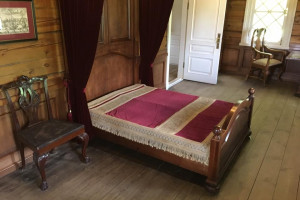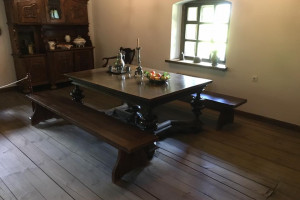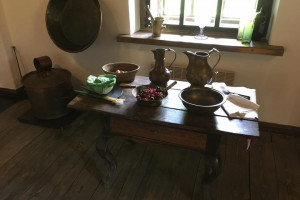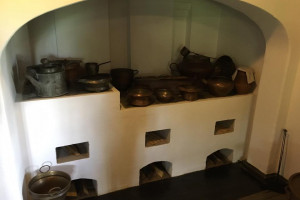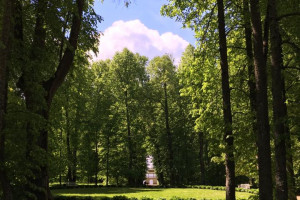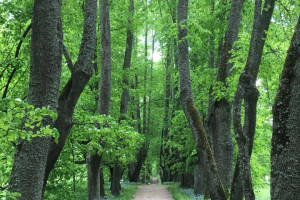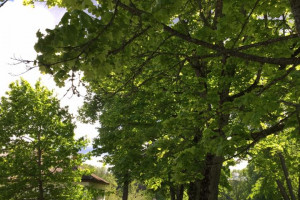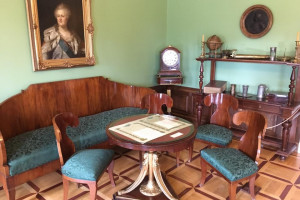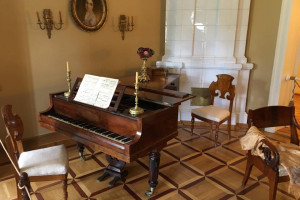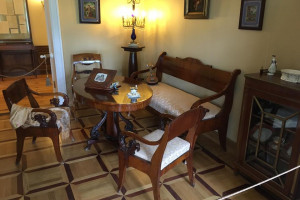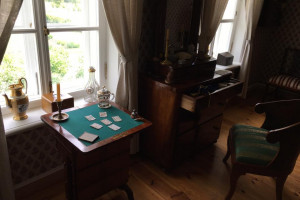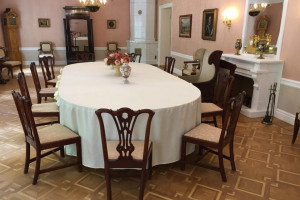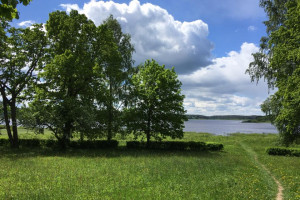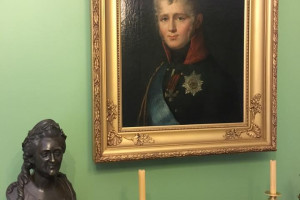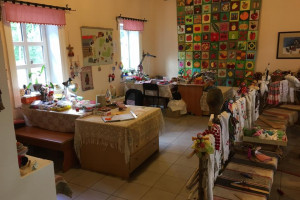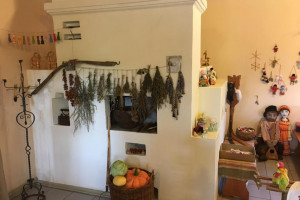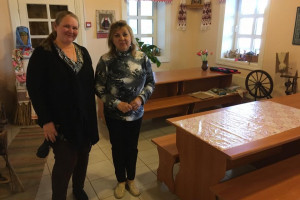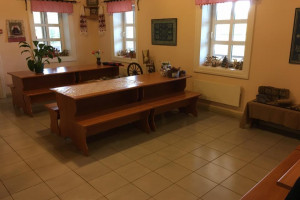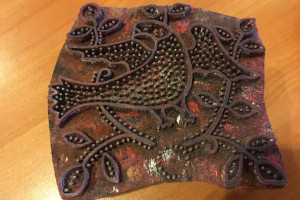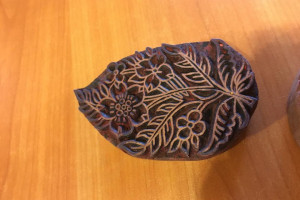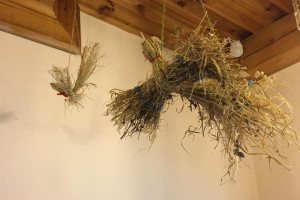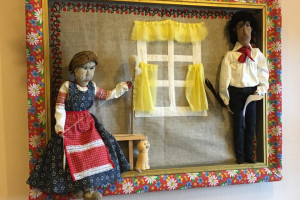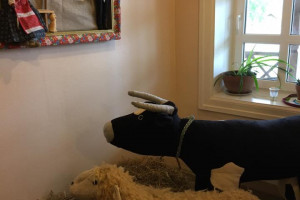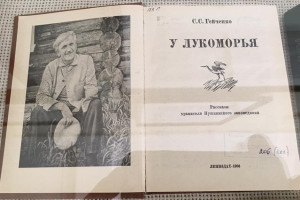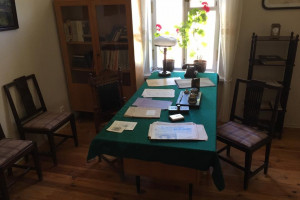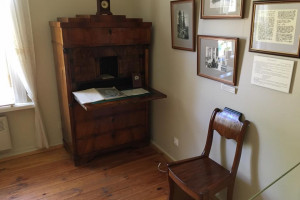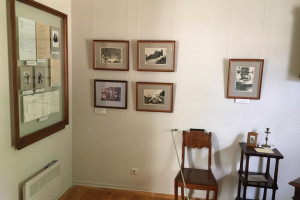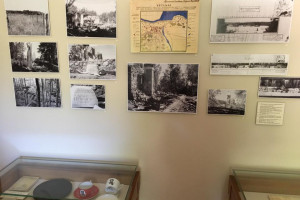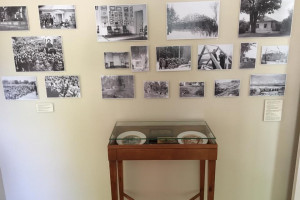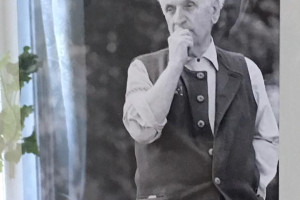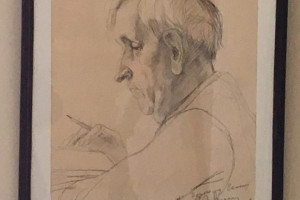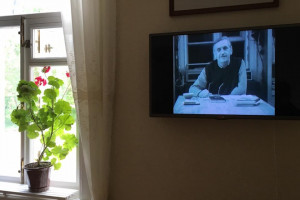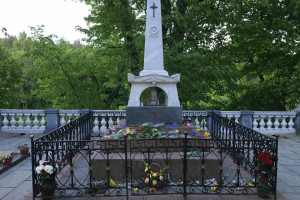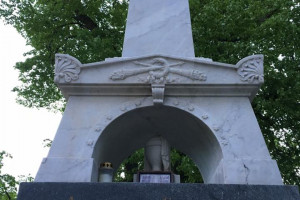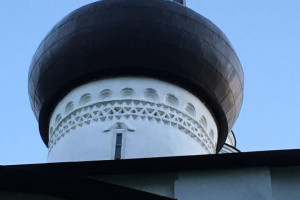Pushkin, Mikhailovskoye, Decembrists & Fort Ross
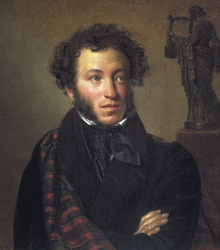
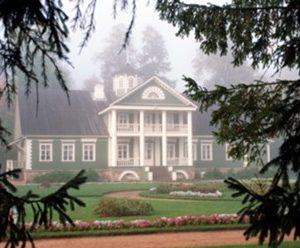
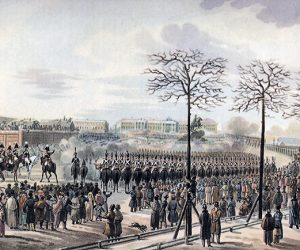
Fort Ross and the Russian poet Alexander Pushkin were 19th century contemporaries. (Pushkin lived 1799-1837 and Fort Ross’s Russian period was 1812-1842.)
Alexander Sergeyevich Pushkin was a Russian poet, playwright, and novelist of the Romantic era who is considered by many to be the greatest Russian poet and the founder of modern Russian literature. Though Pushkin lived most of his life in St. Petersburg and Moscow, he also often visited his mother's rural estate of Mikhailovskoye (near Pskov) and later was sent there in exile (1824-1826). While at Mikhailovskoye, Pushkin’s muse was active, and he wrote romantic love poems and some of his best known works including his verse-novel Eugene Onegin and his most famous play, the drama Boris Godunov.
Meanwhile, while Pushkin was in exile in Mikhailovskoye, The Decembrist Uprising took place in St. Petersburg. This December 26th, 1825 revolt of Russian military liberals against the new conservative Tsar has been considered the beginning of the Russian revolutionary movement, and was the first open breach between the government and reformist elements of the Russian nobility. Though easily put down by the tsar's forces, the revolt had far-reaching consequences for both the tsar and the Russian people, eventually leading to the end of serfdom and more.
Pushkin, Mikhailovskoye and the Decembrists. But what’s the connection with Fort Ross? Surprisingly, there are many… and as we connect the dots, a line leads us to the Russian American Company.
The Russian American Company
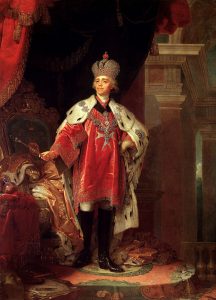
The Russian American Company was Russia’s first joint-stock company, which was active in the early 19th century fur trade in the North Pacific, Alaska and, yes, Alta California and Fort Ross. Seeking profits from the “soft gold” of the fur trade, Russian Empire frontiersman or “promyshleniki” expanded their first Siberian sable and then Pacific sea otter and fur seal hunting operations from Siberia to as far as Baja California, with the skilled enslaved or enlisted Alaska Native hunters (mostly from the Aleutian Islands and Kodiak Island) key to their success. Through time, this endeavor evolved from the actions of individual fortune seekers to competing companies to the state monopoly of the Russian American company (1799- 1881).
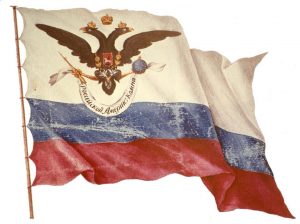
The Russian American Company’s main headquarters was first located in Irkutsk (Ulitsa Surikova 24) and then later moved to St. Petersburg (Ulitsa Moika 72, near the Blue Bridge), which was built in 1805 thanks to funds from the sale of Pacific Ocean sea otters. Located on the cross-country track between European Russia and the Pacific, Irkutsk remained an important base for Russian-American Company activities.

St. Petersburg RAK office interior
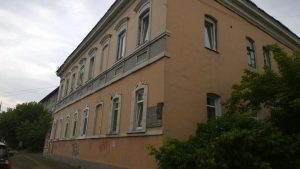
RAC office in Irkutsk
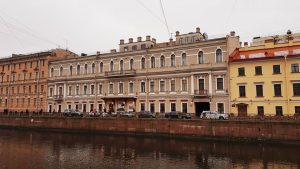
St. Petersburg RAK office exterior
“...What explains the relationship between the (Russian American) company and the Decembrists? For one thing, the (Decembrist) rebels were, as Marc Raeff says, "in the tradition of service to country and people in which the eighteenth-century elite had been raised."' This tradition, combined with post-Napoleonic nationalist sentiment, prompted them to visit, study, and promote the various regions of the empire - particularly the lesser known and lesser developed parts, chiefly Siberia and Russian America. In addition, as Raeff also notes, the Decembrists were in the tradition, too, of the Russian intelligentsia. They tended to discover their own country only after first discovering others, usually European states, and then drew comparisons (usually unfavorable) with Russia, and then urged reforms. So they were eager to travel abroad to sample foreign lands and peoples, and such opportunities were made readily available by the round-the-world voyages of both the Russian navy (from 1803) and the Russian-American Company, as well as the latter's foreign dealings….”
“... Right after the (Decembrist) insurrection, Director Prokofyev, fearing his own and the company's implication in the conspiracy, burned all of the incriminating documents. But the trials clearly revealed the close links, and the Russian-American Company fell out of royal favor and lost imperial support for projects such as Governor Wrangell's proposal to win recognition of the legitimacy of Russian California from the Mexican Republic, whose independence Nicholas I refused to countenance.”
From The Decembrists, by James R. Gibson. (Read the entirety of this fascinating article in Fort Ross Conservancy’s Digital Library)
Decembrist - Russian American Company - Fort Ross Connections:
- Future Decembrists to Alta California - In the early 1820’s, prior to the Decembrist Revolt, there were numerous individuals, future Decembrists, who visited Alta California with the Russian American Company, including Mikhail von Kyukhelbeker, Vladimir Romanov, and Dmitry Zavalishin. Furthermore, just prior to the Decembrist revolt, Gabriel Batenkov was slated to succeed RAC Governor Muravyov at Sitka (but instead he was sent to exile in Siberia, and a convicted Decembrist insurgent).
- Dmitry Zavalishin “visited Russian America and Alta California in 1823-24 as a junior officer on the Kreiser and was even considered for the post of manager of Ross Counter. Zavalishin advocated aggressive Russian expansion on both sides of the North Pacific... No other Decembrist showed as much interest in the company and its colonies or wrote as much about them as Zavalishin, a prolific writer (and the most long-lived of the Decembrists).” - The Decembrists, by James R. Gibson. (Learn more about Zavalishin’s ambitious proposed colonization plans Here.)
- The Russian American Company Office Housed Decembrists
Kondraty Ryleyev, the poet and publisher (including of Pushkin’s works) and Decembrist leader (who was executed after the failed uprising) had direct connections with the Russian American Company, as described by James Gibson again in The Decembrists: “... (Ryleyev) would have been known perhaps even personally to (the last manager of Fort Ross, Alexander) Rotchev, who was likewise an aspiring writer. At the time of his arrest Ryleyev lived and worked at the company's St.Petersburg headquarters on the Moika Canal near the Blue Bridge, where he served as its office manager from the beginning of 1824. Two other members of the Northern Society lodged at the company's building, and meetings of the plotters were held there. During the inquisition following the abortive uprising, the tsar asked a suspect where he worked, and when the latter replied "At the Russian-American Company," Nicholas I snorted, "And that's a fine company you have assembled there.' The late Soviet historian, Semyon Okun, wrote that No. 72 on the Moika became "a sort of conspirators' club" and that to frequent it was to be "identified with actual participation in the conspiracy." Ryleyev and other future Decembrists also attended soirees given by Ivan Prokofyev, one of the company's directors. Nikolay Kusov, another director, and a well-known progressive, also attended. The company's Board of Directors thought so highly of Ryleyev's services that they gave him an expensive raccoon coat with a beaver collar (valued at 700 rubles), and after his arrest they paid his debts (but took back his shares) and let his wife remain in the flat.”
- Alexander Rotchev, the last or manager (“pravitel”) of Settlement Ross (1838-1842), was also a man of letters… a poet, translator and involved in the literary and theatrical circles of the early 19th century intelligentsia of St. Petersburg, Moscow, Irkutsk and beyond. Both he and his wife Princess Elena Pavlovna Gagarina Rotcheva, sometimes referred to as the “Russian Romantics In America”, were fluent in different languages and were well familiar with the literature of the time, including the writings of Lord Byron, Schiller and others. Surely the Rotchevs had a volume or two of Pushkin in hand or on their shelf in their home (the “Rotchev House”) at Fort Ross.
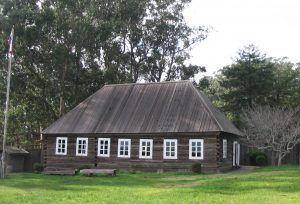
Rotchev House, Fort Ross
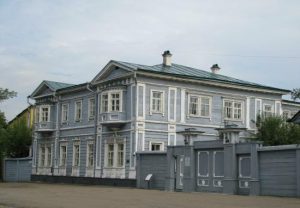
Volkonsky Home, Irkutsk
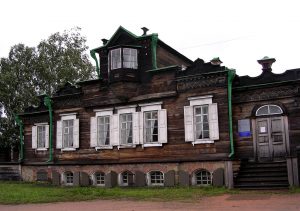
Trubetskoy Home, Irkutsk
- Irkutsk, the Russian American Company and the Decembrist Connection
After the failed Decembrist Revolt of 1825, many of the Decembrists sent first to Siberian labor camps (“Katorga”) and then to live in exile
in the Siberian cities of Irkutsk, Tomsk, Chita, etc. Among the Decembrists In Irkutsk were Prince Sergei Petrovich Trubetskoy and Prince Sergei Grigorievich Volkonsky and, notably, their wives, who gave up their privileged lives and followed their husbands into exile, and have since became famous throughout Russia. These Decembrist families are well known for their contributions to Siberian culture and intellectual life. In Irkutsk and elsewhere in Siberia, surely there was a lot of interchange between the Decembrists and employees of the Russian American Company, including those coming and going to Alaska and Fort Ross.
Mikhailovskoye State Museum-Reserve
“Mikhailovskoye,” the State Museum-Reserve of Alexander Pushkin, is located about two hours from Pskov in Pushkinskie Gory, Pskov Oblast. The reserve consists of the Mikhailovskoye, Trigorskoye and Petrovskoye estates, Bugrova mill and village, the ancient Savkino site and Pushkin's grave at the Svyatogorsk Monastery. These places are connected with the life and creative activity of Alexander Sergeyevich Pushkin, Russia’s early 19th century poet and contemporary of the Russian era at Fort Ross.
Bugrova Village
Bugrova village is located near Mikhailovskoye Estate, Pushkinsky Gori (Pushkin Hills). The village consists of a mill, houses, barns, gardens and outbuildings which wonderfully interprets, with great detail, the daily life and work of Russian village life of the 1800s. The fully functioning recreated water mill milled millet, rye, buckwheat & other grains (but not much wheat) into flour.
Estates
In contrast to the peasant houses of Bugrova, the estates of Mikhailovskoye,Trigorskoye and Petrovskoye represent Russia’s 19th century gentry, aristocratic and/or educated class. Both Mikhailovskoye and Fort Ross were home to both the educated-noble class (Elena Rotcheva was from the noble Gagarina family) and, in contrast, laborers, serfs or frontiersmen (promyshleniki). Furthermore, both Pushkin and the Rotchevs were acquainted with and hosted Decembrists (educated Russian officers who, after travelling in European, attempted a coup upon return to Russia, which led to their execution or exile in Siberia). It’s likely that they had mutual Decembrist acquaintances, who visited both Mikhailovskoye and Fort Ross.
1.Mikhailovskoye Estate
In 1742, the land around the village of Mikhaylovskoye was granted by empress Elizabeth to Abram Petrovich Gannibal (an African, then slave, then eventually adoptee of Peter the Great). Pushkin's mother, Nadezhda Osipovna Pushkina (Gannibal), was a granddaughter of Abram Gannibal. Pushkin regularly visited and lived at this estate, and between 1824 and 1826 he was also exiled there.
2. Trigorskoye Estate
An hour's horse ride away from Mikhailovskoye, Pushkin very often visited Trigorskoye, the estate of Praskovya Osipova's family. Open and inviting landscapes, stimulating conversations and good food! Link: http://pushkin.ellink.ru/english/reserve/res3.asp
3. Petrovskoye Estate
"The third in this ensemble of estates, Petrovskoye, is the one most closely connected with Pushkin's Hannibal ancestors. In 1781 it was deeded to the first of Abraham Hannibal's sons, Peter, who made it his home. Although not great in size, it was the most impressive among the three Pushkin estates. Petrovskoye, too, was burned in 1918. Archival documents were used in its reconstruction, which was completed in 1976. The house was surrounded by a natural park leading to Lake Petrovskoye (or Kuchane), with a network of paths, bowers, and pavilions. Pushkin is said to have visited his great-uncle there several times." - RBTH, Pushkin Hills: The great poet’s country retreat, 1.13.12
More at Mikhailovskoye State Museum-Reserve
Bugrova Children’s Crafts Workshop
Museum about the Museum
Mikhailovskoye hosts a whole museum building and exhibit dedicated to the history and stewards of Mikhailovskoye State Museum-Reserve. (Fort Ross State Historic Park has been in existence for over 100 years, and could also fill a building of exhibits about our park and association history.)
Pushkin's grave at Sviatogorsky (Sacred Mountains) Monastery
"On January 29, 1837, Pushkin died in a tragic duel. Shortly after his funeral in St. Petersburg, his body was brought under guard to the Sviatogorsky Monastery (near Mikhailovskoye) and laid to rest next to the grave of his mother near the east wall of the Dormition Church. At the end of 1839, Pushkin's widow, Natalya Nikolaevna, commissioned the Petersburg sculptor A. M. Permagorov to create a marble obelisk for the grave. In Fall 1840 it was placed with a simple inscription of the year and date of his birth and death. For Russia's greatest poet, any other words would have been superfluous." RBTH, The great poet’s country retreat, 1.13.12
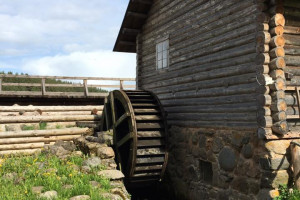
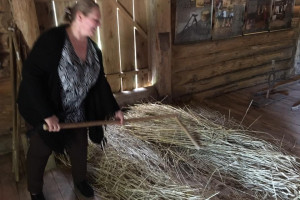
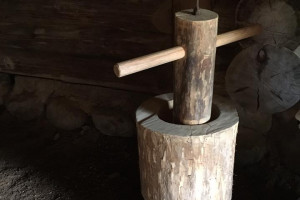
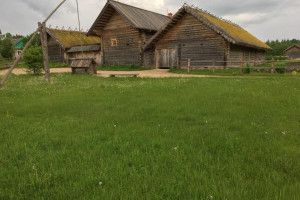
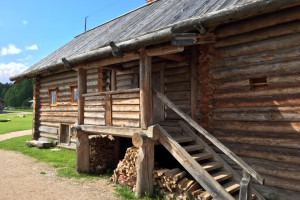
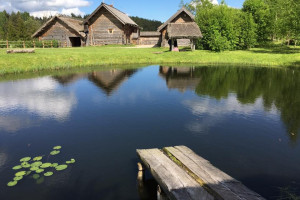
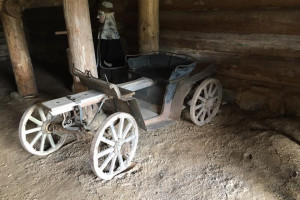
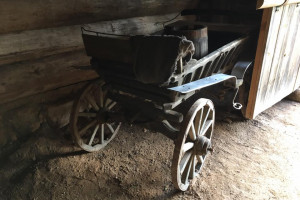

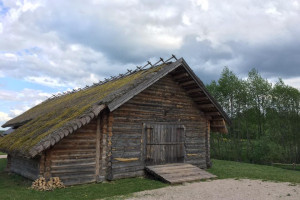
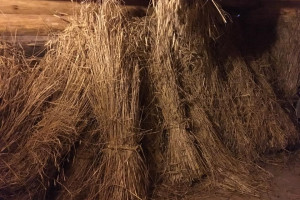
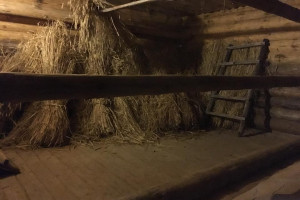

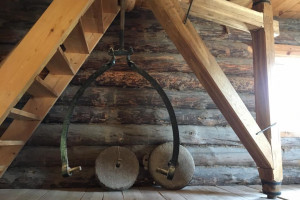
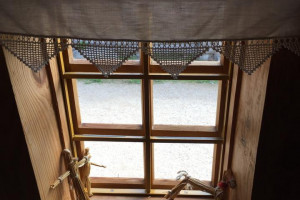
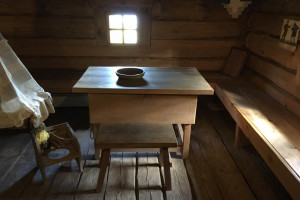
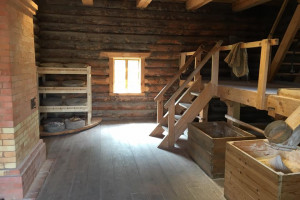
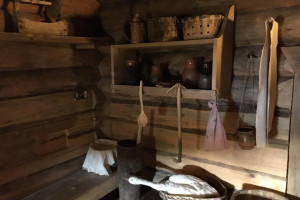
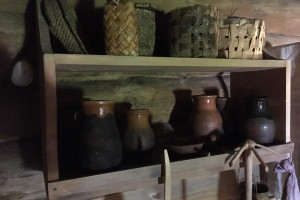
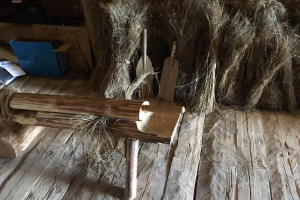
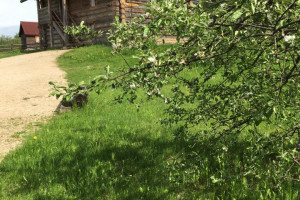
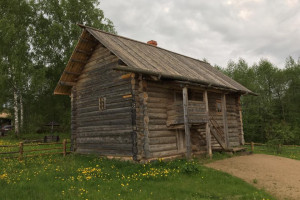
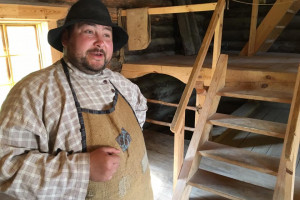
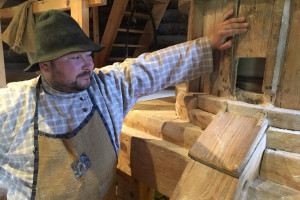

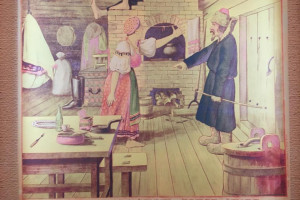
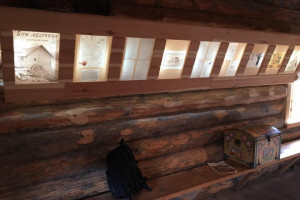
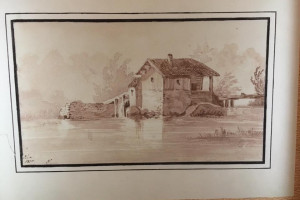
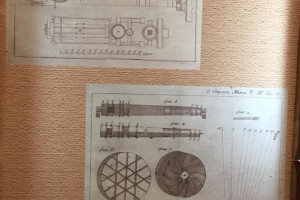
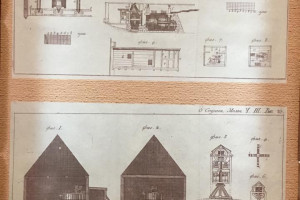
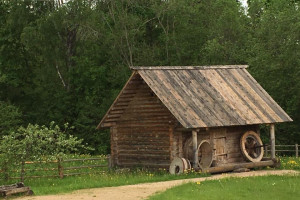
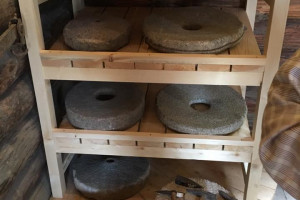
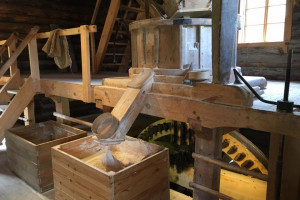
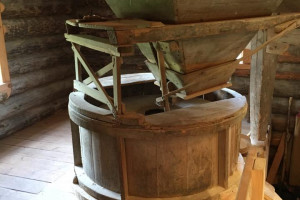
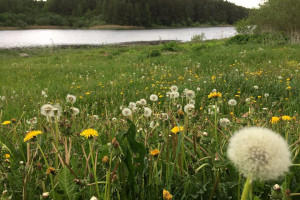
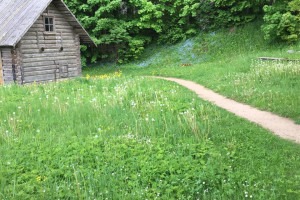
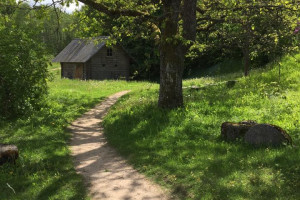
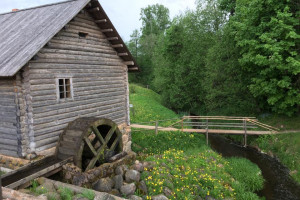

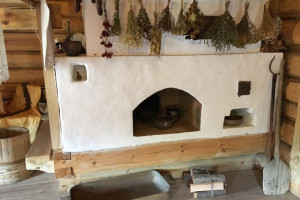
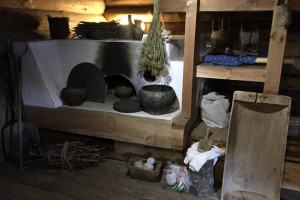
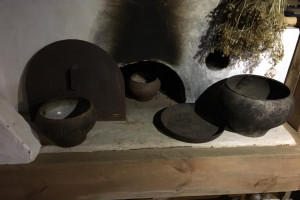
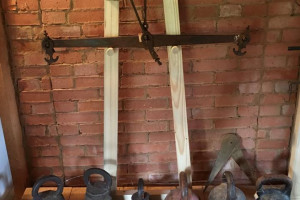
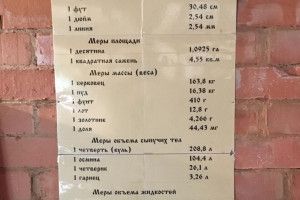
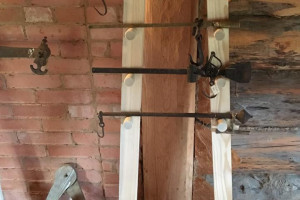
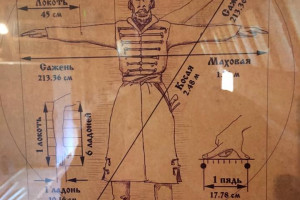
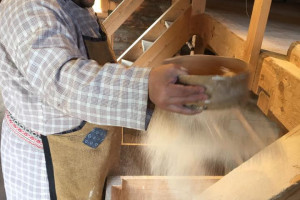
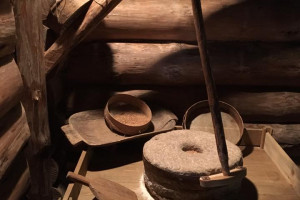
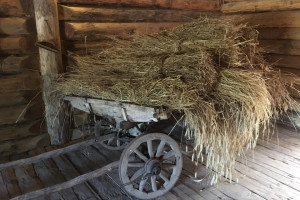
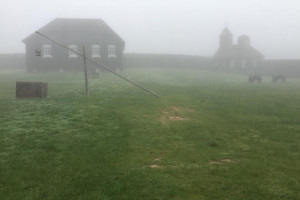
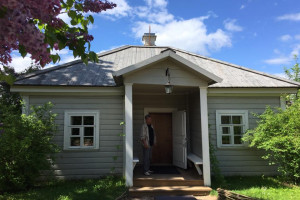

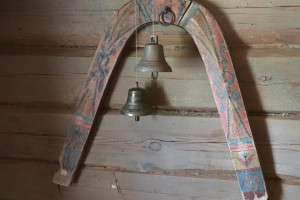
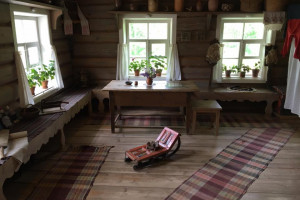
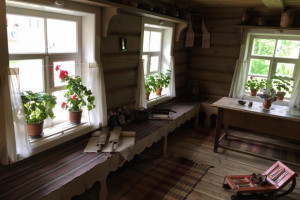
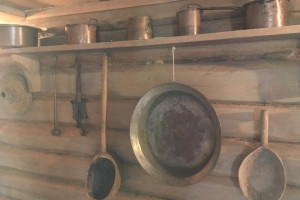
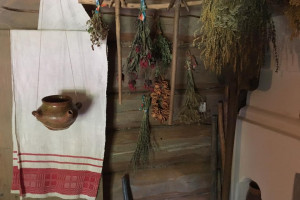
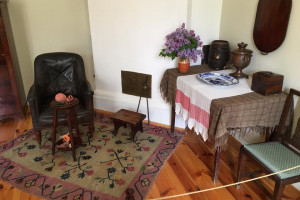
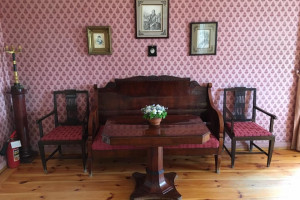
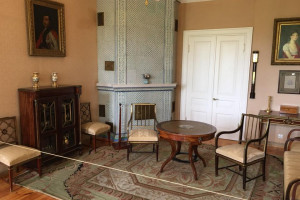
_1631791590.jpg)
